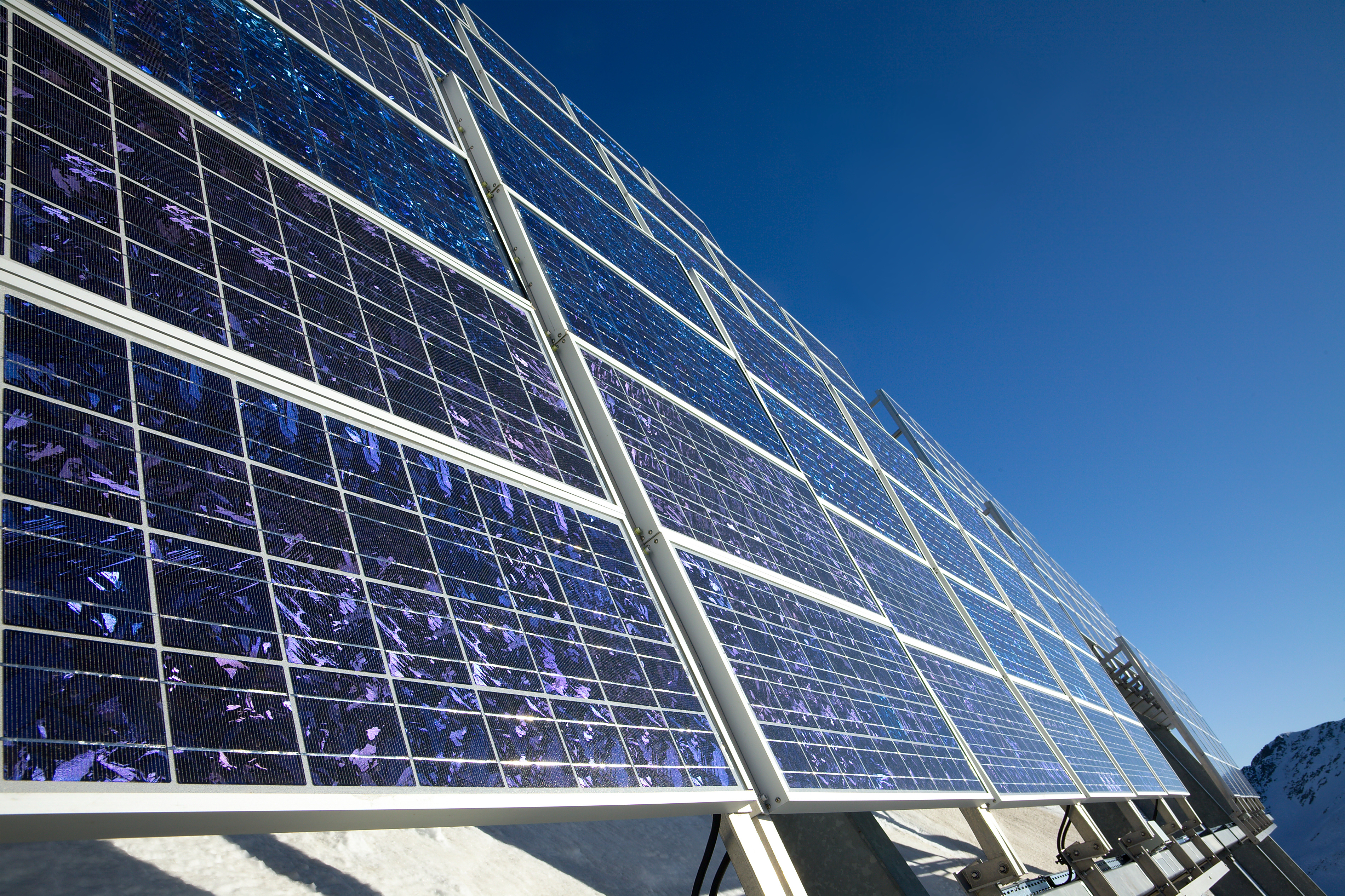
Economic, environmental, and policy considerations underlie the President’s “solar wall” proposal.
President Donald Trump has floated the idea of installing solar panels on the proposed wall on the Mexican border. After introducing the idea in early June in a meeting with congressional leaders, President Trump repeated it at a recent rally in Iowa: A “solar wall” could, he said, “create energy and pay for itself…Pretty good imagination, right?”
In assessing the policy merits of his proposal, three crucial issues should be examined. First, will the solar wall pay for itself, as President Trump has suggested? Second, to what extent will the wall help mitigate the impacts of climate change? And third, what are the tradeoffs between environmental goals and other policy issues, such as immigration policy?
Our initial assessment suggests that the economic case for the solar wall is weak, but that the case for a solar wall’s impact on climate mitigation might be a bit stronger, especially if the wall becomes a test case for greening the public infrastructure. There is, however, an important dimension to the solar wall proposal that also needs to be examined: its spillover effects on other issues. As scholars have outlined, environmental protection has social and political consequences because different actors bear its costs and benefits. Specifically, although everyone enjoys the benefits of climate mitigation, the costs of the solar wall will be borne by underprivileged immigrant communities. Taxpayers will also feel the effects because solar panels will probably not pay for the wall by themselves.
In touting a solar wall’s economic impact, President Trump emphasizes the revenue potential of the wall, claiming that the wall could be constructed without burdening the federal budget. It is unclear, however, whether the wall could pay for itself. Several sources have presented back-of-the-envelope estimates for the wall’s cost, including Bloomberg and Gleason Partners, but these calculations are quite confusing because benefits and costs are accounted for in different ways.
To understand the economics of the wall, therefore, we must consider some key issues. Would solar panels be installed along the full 2,000 miles between the United States and Mexico, including 1,000 miles of the Rio Grande River, as well as on both sides of the wall? How much electricity would each mile of the wall generate, and into how much revenue does this translate? There are also additional issues about the capacity factor of solar panels and the grid capacity that is required to move electricity from the border wall to consumption centers elsewhere.
So, let us work with one estimate provided by Elemental Energy, a solar design firm, which assumes that President Trump’s plan requires installing solar panels on 1,000 miles of the wall. With an installed capacity of 1.4 gigawatts, peak sunshine of 6.5 hours, and 80 percent panel efficiency, the wall would generate about 2,657 gigawatt hours per year and annual revenue of $106 million (assuming a $40 per megawatt-hour price).
With respect to the costs, the physical wall has been reported to cost about $15 billion and the solar panels (with life spans of 20 to 30 years) themselves have been estimated to add an additional $1.4 billion. So, does the wall pay for itself? Even assuming a zero percent interest rate, the wall will likely need at least 154 years to recoup the investment via electricity sales! (The solar panels alone need 13 years to repay their cost).
While the costs of the wall will probably be much higher than the revenue it might generate, could the solar wall be justified in terms of its environmental payoff, such as reductions in the emissions of greenhouse gases? Using carbon dioxide emission factors provided by the National Renewable Energy Laboratory and reflecting the fuel-mix used in electricity generation in the southwestern United States, the hypothetical solar wall could displace about 1.9 million metric tons of carbon dioxide per year. To put this figure in perspective, the U.S. Environmental Protection Agency suggests that a typical passenger vehicle emits 4.7 metric tons of carbon dioxide per year. This means that the proposed wall would generate carbon credits that offset annual emissions from about 400,000 vehicles. At face value, the environmental payoff is significant.
Lastly, we should consider the tradeoffs between pursuing climate goals and other policy goals. Some environmental groups oppose any type of border wall on the grounds that it might inflict damage to local ecosystems. Although this may be true, there is a broader issue here: Should climate change mitigation be examined from an equity perspective, since a solar wall would impose disproportionate costs on some immigrant groups?
Ultimately, the solar wall speaks to the broader issue of the social implications of environmental protection. Immigration issues have clashed with conservation efforts in the past. For example, the work and advocacy of Madison Grant, the founder of the Save the Redwoods League, inspired the Immigration Act of 1924, which banned immigration from Asia. And in recent years, the Sierra Club, an environmental organization, has experienced conflicts involving anti-immigration activists. Thus, the solar wall could resurrect the immigration-versus-environment debate.
In sum, the solar wall might have some environmental payoff, but the economic justification for such a wall seems to be weak. Importantly, the solar wall highlights the important social and political dimensions of climate change mitigation. Solar energy at any cost is probably not the path to climate nirvana. Although climate change is perhaps the most important challenge of our time, the climate account book should not get balanced on the backs of the underprivileged.





